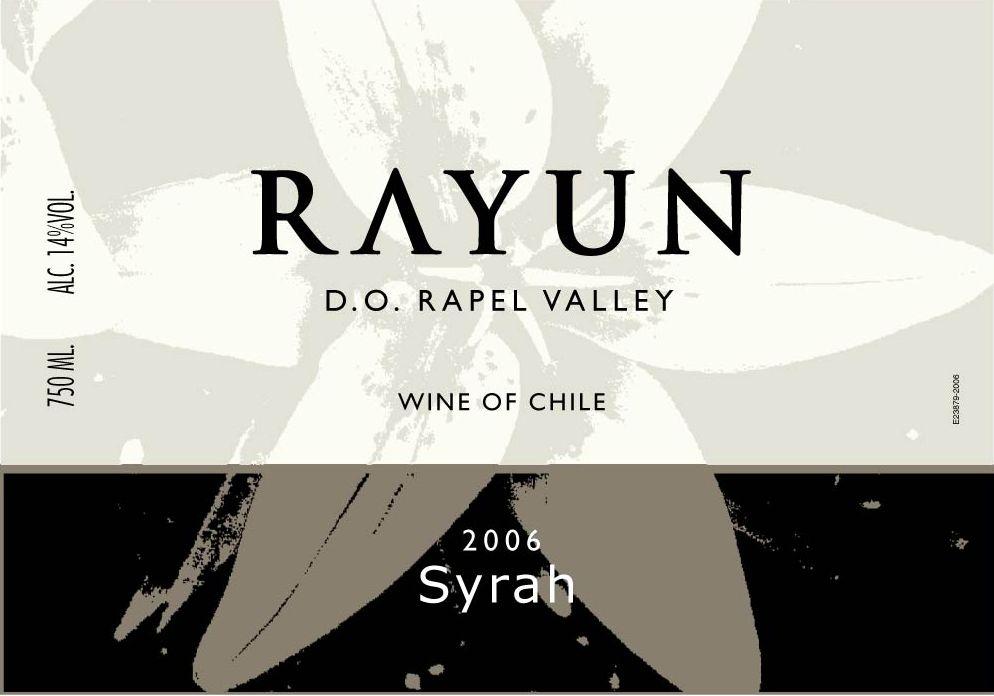2006 Rapel Valley Syrah
The S.E. Geo Wines Rayun, a captivating Syrah from the esteemed Rapel Valley, displays a rich, deep red hue that immediately attracts the eye. This vintage, crafted with meticulous attention, offers a medium-bodied experience, perfectly balanced with refreshing acidity that enhances its overall charm. The lush fruit intensity is prominent, showcasing vibrant notes of dark berries and a hint of pepper that dance on the palate. Tannins are notably structured, lending a firm yet approachable quality to the wine, allowing it to age gracefully. With a pleasingly dry finish, this Syrah is an ideal companion for a variety of dishes and is a delightful example of the region's exceptional winemaking.
The S.E. Geo Wines Rayun, a captivating Syrah from the esteemed Rapel Valley, displays a rich, deep red hue that immediately attracts the eye. This vintage, crafted with meticulous attention, offers a medium-bodied experience, perfectly balanced with refreshing acidity that enhances its overall charm. The lush fruit intensity is prominent, showcasing vibrant notes of dark berries and a hint of pepper that dance on the palate. Tannins are notably structured, lending a firm yet approachable quality to the wine, allowing it to age gracefully. With a pleasingly dry finish, this Syrah is an ideal companion for a variety of dishes and is a delightful example of the region's exceptional winemaking.




